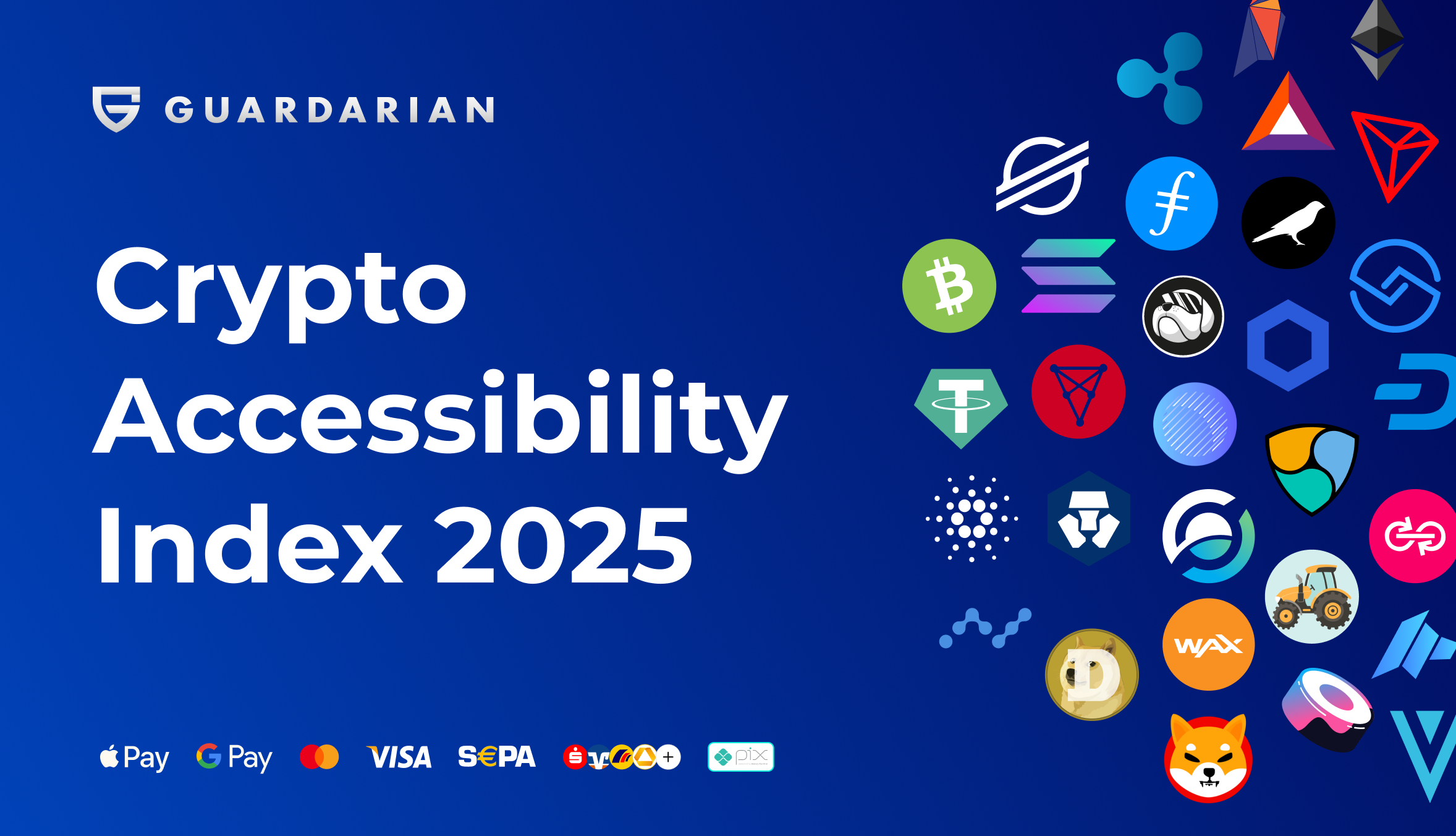As cryptocurrencies continue to grow in popularity, one key question arises: where is it easiest to access and use crypto in 2025? Crypto adoption is no longer just about ownership; it’s about accessibility—the ability to buy, trade, and utilize digital assets safely and efficiently. Factors such as regulation, payment methods, infrastructure, and local demand all influence how easy it is for residents of different countries to engage with the crypto market.
According to the latest data from Chainalysis, countries like India, China, and the United States lead in total crypto user base, while countries such as the UAE, Brazil, and the Philippines rank high in accessibility due to regulation, mobile adoption, and advanced payment solutions.
How We Ranked Crypto Accessibility in 2025
The Crypto Accessibility Index 2025 considers multiple factors to rank countries:
- Regulatory clarity – How supportive or restrictive is the local government towards crypto?
- On-ramp availability – Ease of buying crypto using local payment methods, banks, or mobile apps.
- Stablecoin adoption – Popularity of assets like USDT for domestic and cross-border transfers.
- Mobile payment penetration – Use of Google Pay, Apple Pay, and other fintech solutions.
- User adoption and transaction volume – Number of active users and daily crypto transactions.
By combining these factors, we can objectively compare how accessible crypto is for residents in different regions.
Top 5 Most Crypto-Friendly Countries in 2025
#1 India – Largest Crypto User Base
India leads globally in total crypto users, with an estimated 75 million Bitcoin owners in 2025. High mobile penetration, a tech-savvy population, and remittance needs drive adoption. Peer-to-peer platforms thrive, and stablecoins dominate cross-border and domestic transfers. Residents looking to buy USDT in India often prefer digital wallets and apps for fast and reliable access to crypto.
#2 China – Technology-Driven Adoption
Despite regulatory restrictions, China has approximately 38 million crypto holders. Technology adoption and wealth preservation motivate citizens to engage with crypto through peer-to-peer networks and offshore platforms.
#3 United States – Innovation Meets Regulation
The U.S. hosts around 28 million crypto holders, supported by regulated exchanges, fintech integration, and institutional adoption. Platforms like Coinbase, Gemini, and Kraken provide reliable on-ramps. For many users looking to buy crypto USA, regulatory clarity and advanced infrastructure make the U.S. a top choice.
#4 Brazil – Payment Innovation Fuels Growth
Brazil has an estimated 18 million crypto holders, driven by inflation concerns, financial inclusion, and remittance needs. The Pix system enables instant, low-cost transfers, making crypto adoption efficient. Mobile-first adoption has accelerated user engagement and trading volumes.
#5 Philippines – Remittance-Driven Adoption
The Philippines hosts around 15 million crypto holders, relying on remittance flows, banking gaps, and play-to-earn gaming. Mobile wallets and fintech solutions ensure accessibility even in regions with limited traditional banking.
Payment Accessibility: Why It Matters
Payment methods are critical to crypto accessibility. In countries with advanced mobile payments, such as India, the U.S., and parts of Europe, users can purchase crypto quickly without traditional bank transfers. In 2025, mobile-first solutions make crypto easier than ever. Many users now buy crypto with Google Pay as part of simplified KYC and online purchases. This trend highlights the growing importance of mobile wallets as on-ramps to the crypto ecosystem.
Regulation vs Accessibility: Finding the Balance
Strict regulations do not always impede adoption. Clear frameworks often increase trust, reduce fraud, and encourage institutional participation. The U.S., UAE, and Germany demonstrate how supportive but regulated environments enhance accessibility. Countries like India and the Philippines show that even without fully supportive regulations, high mobile adoption and P2P networks can keep crypto accessible.
Final Ranking: Crypto Accessibility Index 2025 Table
| Rank | Country | Key Strengths |
| 1 | India | Largest user base, mobile wallets, P2P networks, USDT adoption |
| 2 | China | Tech adoption, wealth preservation, P2P networks |
| 3 | United States | Regulated exchanges, fintech integration, Google Pay & apps |
| 4 | Brazil | Instant Pix payments, mobile adoption, financial inclusion |
| 5 | Philippines | Mobile wallets, remittance-driven, play-to-earn gaming |
The Future of Accessibility: What to Expect by 2026
Crypto accessibility will continue to expand through Layer-2 solutions, local fiat on-ramps, and mobile wallets. Countries that combine supportive regulation, mobile payment adoption, and strong fintech infrastructure are likely to lead global adoption. Mobile-first strategies, including Google Pay and other digital wallets, will play a key role in simplifying crypto purchases for new users worldwide.
The Crypto Accessibility Index 2025 highlights countries where buying, holding, and using digital assets is easiest. India’s tech-savvy population, the U.S.’s regulated infrastructure, and Brazil’s innovative payments illustrate how accessibility depends on infrastructure, regulation, and local demand. Mobile payments like Google Pay are increasingly essential, making crypto approachable for everyone.
Understanding where and how crypto is most accessible helps investors, developers, and everyday users navigate the global crypto landscape effectively.




